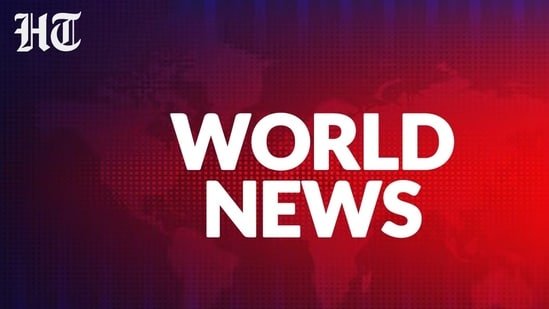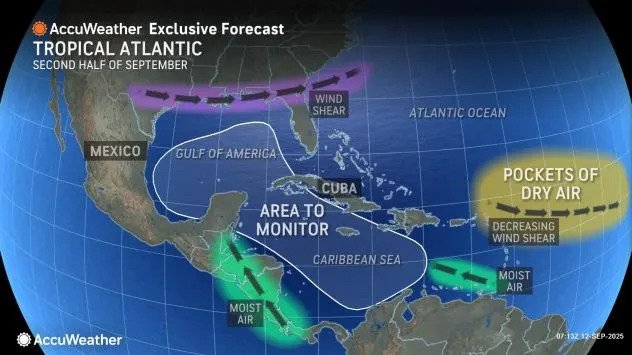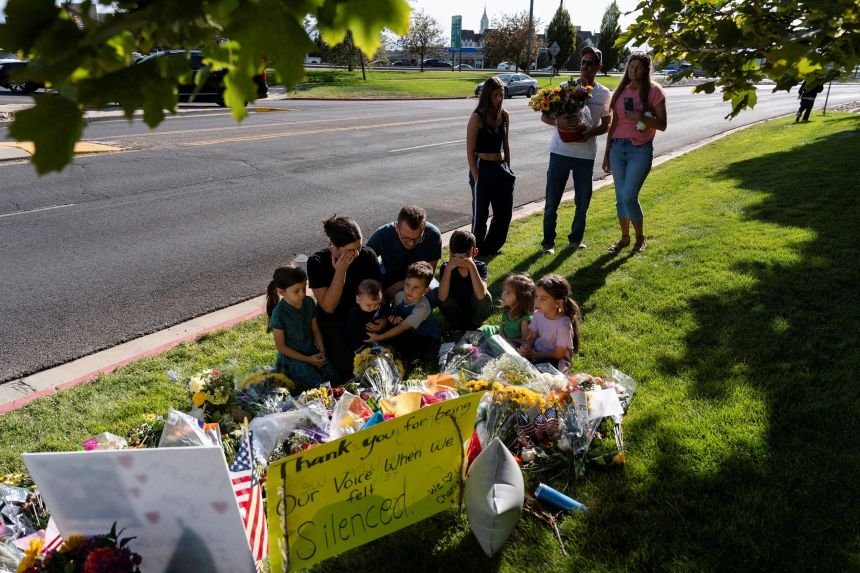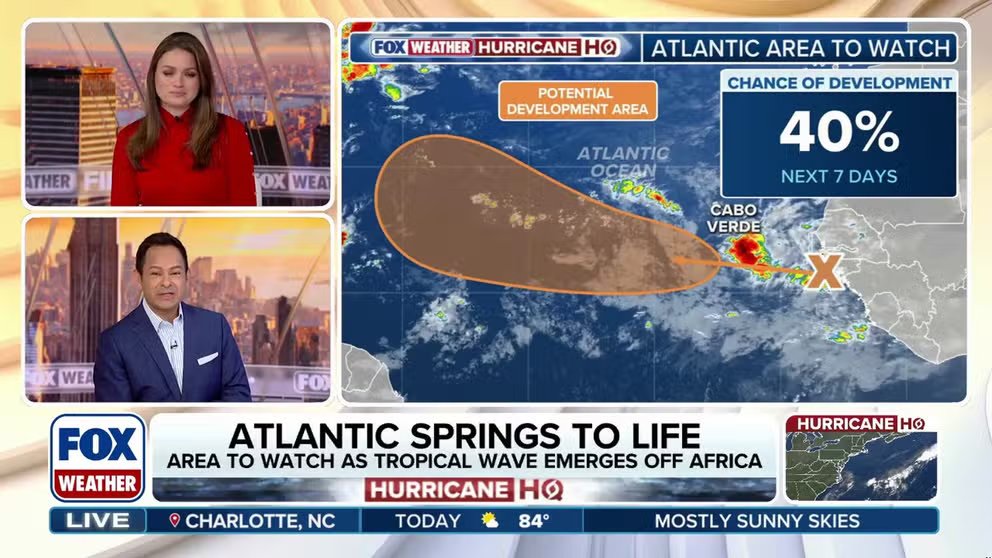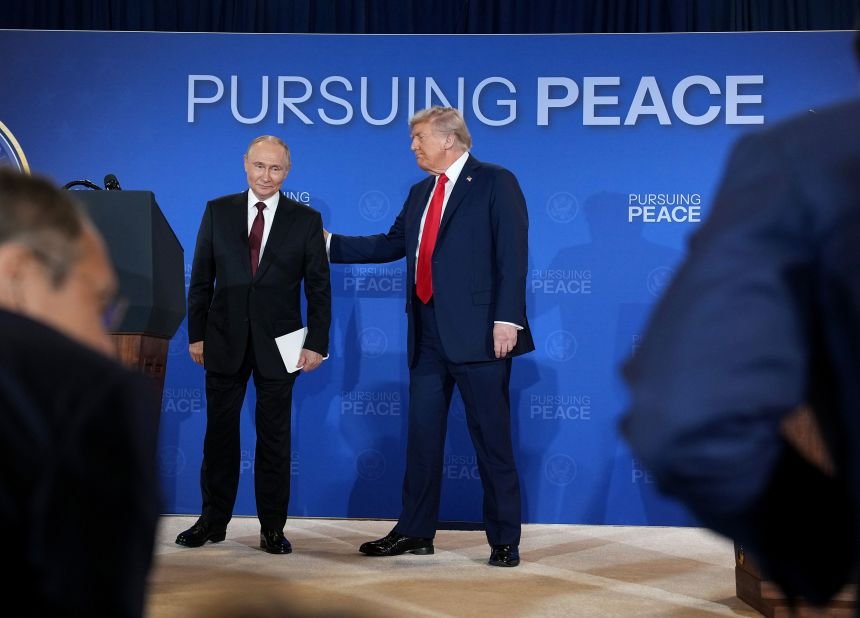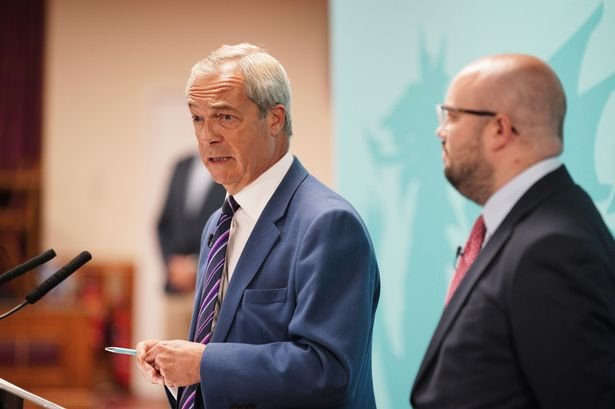Nepal has churned through 14 different governments since it junked its monarchy in 2008. Yet the chaos now unfolding in Kathmandu and other cities is a thunderbolt. The prime minister, Khadga Prasad Sharma Oli, resigned on September 9th—one day after 19 youngsters who had been protesting against corruption and impunity lost their lives, apparently at the hands of security forces. His defenestration has not halted the unrest. Demonstrators have ransacked Nepal’s parliament, government offices and the homes of politicians; they set some of these buildings ablaze. The army says it will take responsibility for maintaining order.

The proximate cause of the protests were sweeping controls on social media introduced on September 4th. That day the government began restricting Nepalis’ access to 26 sites, including Facebook, WhatsApp and Instagram. It said these companies had declined to meet an advertised deadline to register with the authorities, as required by new regulations. Such a draconian blackout would cause ructions anywhere; the anger in Nepal, where the median age is 25, has been especially keen. Among its other uses, social media helps Nepalis keep in touch with the huge number of their compatriots who earn their crust abroad (remittances make up more than a quarter of the country’s GDP).
Yet behind fury at the ban lay vastly deeper concerns. Nepal is poor even by the standards of its region. Jobs are short—one reason so many of its young seek work elsewhere. Corruption is endemic; the country’s political class is small, chummy and entitled. When Mr Oli became prime minister in 2024 he had already served three previous stints in the top job. The government he has been leading is a grand coalition combining Nepal’s two most powerful parties. That has made for meek opposition.
In recent weeks young Nepalis had been flooding social media with posts highlighting the comfortable lives of politicians, bureaucrats and, in particular, their globe-trotting offspring (in past days protesters have been holding up placards deriding these “nepo kids”). The big switch-off brought all that to a sudden stop. “Social media was the only platform to raise our voice but the government blocked it,” says Renu Ghimire, a 24-year-old psychology student who has been protesting in the capital.
By the morning of September 9th the government had announced that it was reversing its social-media ban. But by then the protests had an entirely new impetus—rage at the deaths of youngsters who had been protesting against it, and against corruption more broadly, near the parliament the day before. Within a few hours Mr Oli announced he was stepping down. Yet that has calmed things only a little. In the afternoon helicopters were filmed ferrying government ministers away from central-government offices, which had been set ablaze.
The rumour in Kathmandu is that Nepal’s army and its (ceremonial) president are in talks about what should happen next. A period of military rule is one possibility. And the chaos could be seen as a boon for royalists, who have for some time been campaigning loudly to have Nepal’s disastrous monarchy restored. “All the democratic countries of the world” should “support the Nepali people on the democratic path”, says an anxious Nepali former diplomat.
Lots of protesters are calling for a caretaker government that would exclude most career politicians. Some speak highly of a former chief justice, Sushila Karki, who has been seen among protesters in the capital. Others say they would support a government led by Balendra Shah, the 35-year-old mayor of Kathmandu who they think represents a break from business as usual.
In the last few years popular revolts have rocked several South Asian countries. The Nepali protesters have doubtless taken some courage from neighbouring Bangladesh, where a student-led movement overthrew the regime of Sheikh Hasina last summer and installed an interim government that says it will hold fresh elections next year. And in 2022, Sri Lankan protesters ousted President Gotabaya Rajapaksa and his brother Mahinda, the prime minister. In all three countries, India’s traditional role as the big overbearing neighbour with an intrusive interest in local politics has in recent years been challenged by an increasingly assertive China. Both giants will be keeping a close eye on the turmoil afflicting Nepal’s 30m people, and trying to influence its outcome in their favour.

